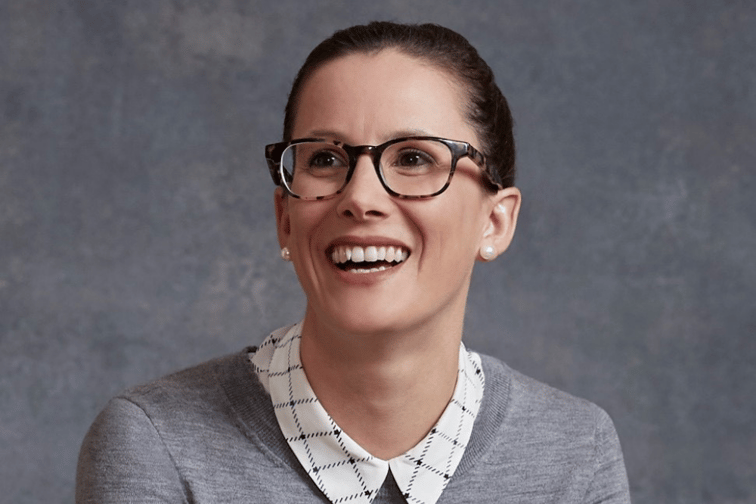

Perhaps there’s a flood lesson for Australia in that famous line from the musical My Fair Lady:
“The rain in Spain stays mainly in the plain.”
Anyone with some knowledge of Spain knows that this line is not true – the plains there are parched and most rainfall tends to land in the north of the country. Is My Fair Lady’s Spanish lie really a hidden warning not to make assumptions about rainfall?
Rain and flood forecasting technologies are increasingly used by Australian emergency services, local governments and insurers. However, the extent of the devastating recent - and ongoing - floods took most of them by surprise. The water also inundated areas where it has never gone before.
“This is not the forum to be dissecting what happened and pointing the finger or placing the blame because I don’t know that that’s necessarily very productive. I think what we want to see now is change going forward,” said Juliette Murphy (pictured above), CEO of FloodMapp.
Murphy founded her firm in response to Australia’s previous flood disaster, the 2011 Brisbane floods.
Murphy’s technology company is a small, specialized team of flood engineers, hydrologists and data scientists focused on the problem of floods and providing accurate flood data.
FloodMapp is used by emergency services, local shires and some insurers in Queensland and is trying to attract attention in NSW and the United States. Murphy said the “forecasting scenarios” they provided to Queensland’s emergency services helped them evacuate communities in time.
Murphy said that no-one is ever going to be able to forecast the river height to 100% accuracy, 100% of the time. Some atmospheric scientists also say climate change is making it harder to predict the weather because warmer climates are less predictable.
“But certainly, we believe that our technology is showing a lot of promise,” she said.
However, FloodMapp’s models, said Murphy, only give results as good as the data coming in. The FloodMapp team, she said, are not meteorologists.
“We don’t have river sensors on the ground. We’re using river sensors that are operated by the Bureau of Meteorology and local and state government sensor networks, as well as weather forecast providers,” she added.
Instead, they take different sources of information including rainfall forecasts and plug the data into hydrology and hydraulics models. They also compare their models to other forecast models.
“So there are great models like the ECM WF (European Centre for Medium-Range Weather Forecasts) which is a European forecast and the GFS (Global Forecast System) which is an American global forecast system,” she said.
“Sometimes different models provide different answers,” she said.
The east coast floods are a case in point.
“There was some discrepancy in this event across what the different rainfall forecast models were showing. I believe the ECM WF was showing a lot more rainfall than the GFS model, for example, and potentially some of the BOM models,” she said.
Murphy said bringing more details – and accuracy – into the forecasts depends on using more big data and data science techniques.
“Going forward there’s a lot of potential for installation of additional flood gauges and sensors to take a big data approach to these kinds of models because they just improve,” she said.
Nonetheless, Murphy said the March and April flood catastrophe through southeast Queensland and northern NSW was no surprise and not unprecedented.
“There have been floods that have been worse than this. Certainly, Lismore was really hard hit, but this shouldn’t be a surprise,” she said. “The flood engineering industry has been assessing risk for years and years and years and mapped out these areas as high risk.”
However, predicting this recent flood was very challenging.
“I really feel for all the people involved in this forecasting. The Bureau of Meteorology said it really well, that it was this rainfall event where it was difficult to forecast exactly how much rainfall was going to fall,” she said.
Murphy said they were seeing rainfall forecasts in Lismore showing 300 millimetres, when ultimately about 1,000 mm fell.
“So it can be really, really difficult that’s for sure,” she said. “What we would love to see is more preparedness and more implementation of emergency solutions that can help give people the warning that they really deserve.”
